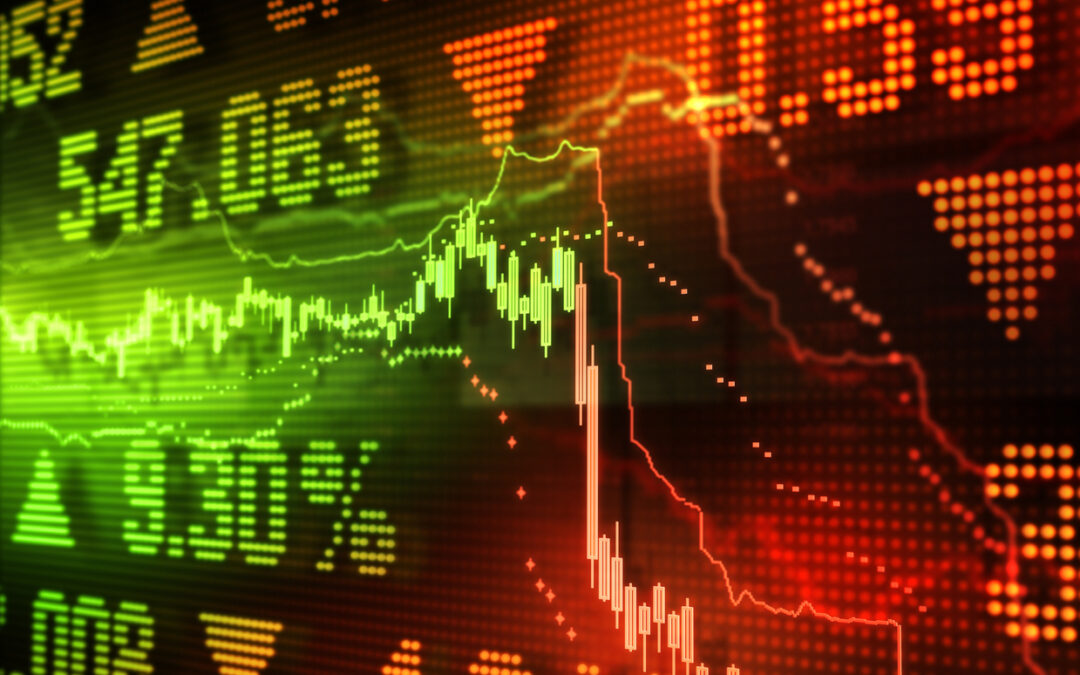Markets are hitting new all-time highs.
Overly optimistic investors are pouring millions into the markets on the idea we’ll see higher highs. They’re not worried about pullbacks or the unjustifiable valuations.
Most are just piling in with the herd. But what many of them fail to understand is that today’s set up is eerily similar to that of 1929, 2000, 2008, and 2020.
In 1929, rampant speculation sent the Dow Jones up 300% between 1923 and 1929. Speculation forced stocks to unbelievable highs with unjustifiable valuation. Then, it all fell apart. Between 1929 and 1932, the Dow Jones lost 86% of its value.
In 1987, Black Monday unexpectedly struck.
In 2000, dot-com optimism sent the Dow Jones to nearly 11,750 until unjustifiable valuations and greed sent it back to a low of 9,731.
In 2008, rampant speculation sent the Dow Jones to a high of 14,038 on the heels of a housing boom. Americans were buying homes they couldn’t afford. Stocks were exploding on economic optimism and unjustifiable valuations, just like in 1929 and 2000.
Then it all fell apart. The Dow Jones would sink to 6,500.
In 2020, markets would crash again thanks to that pesky coronavirus.
Prior to those crashes, the Shiller P/E ratio warned us of an impending crisis.
According to Investopedia, “The P/E ratio is a valuation metric that measures a stock’s price relative to the company’s earnings per share. … The ratio is generally applied to broad equity indices to assess whether the market is undervalued or overvalued.”
In 1929, the Shiller P/E ratio stood at a high of 30 – the highest read at the time. By 1987, the Shiller P/E rallied to a high of about 17 before the crash. By 2000, the Shiller P/E was up to nearly 45. As of today, the Shiller P/E is at its second highest high of 39.17.
In short, per the Shiller P/E ratio, we’re overdue for a severe pullback.
Just be prepared for it – and try not to get caught up in the hysteria.

